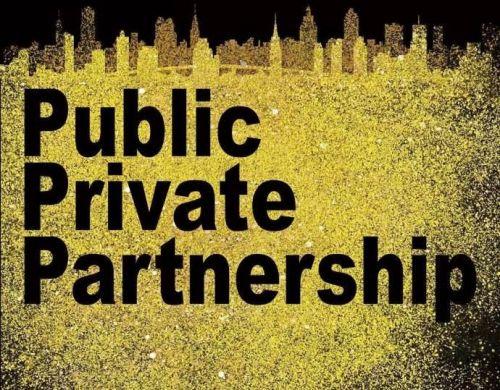
BEIJING, Nov.14 (Xinhua) -- “China has become the largest PPP market in Asia and the Pacific. China’s experience shows that PPP is a strong tool,” said Shamshad Akhtar, under-secretary general of the United Nations and executive secretary of the United Nations Economic and Social Commission for Asia and the Pacific (UNESCAP), addressing the 3rd China Public-Private Partnerships Financing Forum in Shanghai.
China initiated the PPP reform in the public services sector in 2013. Within four years, China has developed a unified PPP market and carried out a large number of projects for supporting transformational development and securing people’s livelihood. Moreover, China is extending its successful experience to countries and regions along the Belt and Road.
According to Wang He, Vice Chairman of China International Contractors Association, Chinese enterprises have shifted their investment mode from the traditional Engineering Procurement Construction (EPC) to diversified forms such as Build-Operate-Transfer (BOT), Build-Own-Operate-Transfer (BOOT) and Public-Private Partnership (PPP). Meanwhile, China has undertaken relevant projects in India, Pakistan, Jamaica and other countries.
“There is generally huge financing gap for infrastructural investment...a gap of at least 800 billion U.S. dollars in Asia alone. Meanwhile, many developing countries have slim chances of providing sovereign guarantee due to lack of financial capital where PPP can play a significant role”, said Wang.
According to Hafiza Humaira Javaid, vice consul of Pakistan in Shanghai, China and Pakistan have made great progress in energy, infrastructure as well as special economic zone and industrial park construction. Apart from electric power and water conservancy, which are major sectors of PPP cooperation, education, health and other social sectors are also targets of PPP cooperation.
Meanwhile, Czech has established a special working group to coordinate with China. Under the Belt and Road framework, 70 Czech-China cooperative projects are under coordination while 25 registered projects are in the waiting list.
“PPP projects have got into full swing in some Czech cities,” said Richard Krpac, Consul General of the Republic of Czech in Shanghai.
At the same time, Chinese enterprises have started exploring the possibilities of PPP cooperation with local governments in Africa. For example, Chinese industrial parks in Egypt and Nigeria were all implemented under the PPP mode while this mode has also been used in airline projects, power plant projects and a mineral project worth 4 billion U.S. dollars in Ghana.
“China-Africa cooperation approach has changed drastically from governmental assistance to investment and financing cooperation, from EPC to investment operation and from general trade to comprehensive development,” said Shi Jiyang, vice chairman and president of China-Africa Development Fund.
According to data released by the Ministry of Commerce, the contract amount of infrastructural construction projects along the Belt and Road account for more than 50 percent of the total contract amount of China’s foreign infrastructural cooperation.
In the backdrop of the “Go Global” drive of Chinese enterprises and institutions, the PPP Center of China’s Ministry of Finance (MOF) and UNESCAP recently signed a MoU on PPP. Under the MoU, the two sides will strengthen cooperation in institutional development, capacity building, market development, among other fields. (Edited by Niu Huizhe, niuhuizhe@xinhua.org)




 A single purchase
A single purchase









